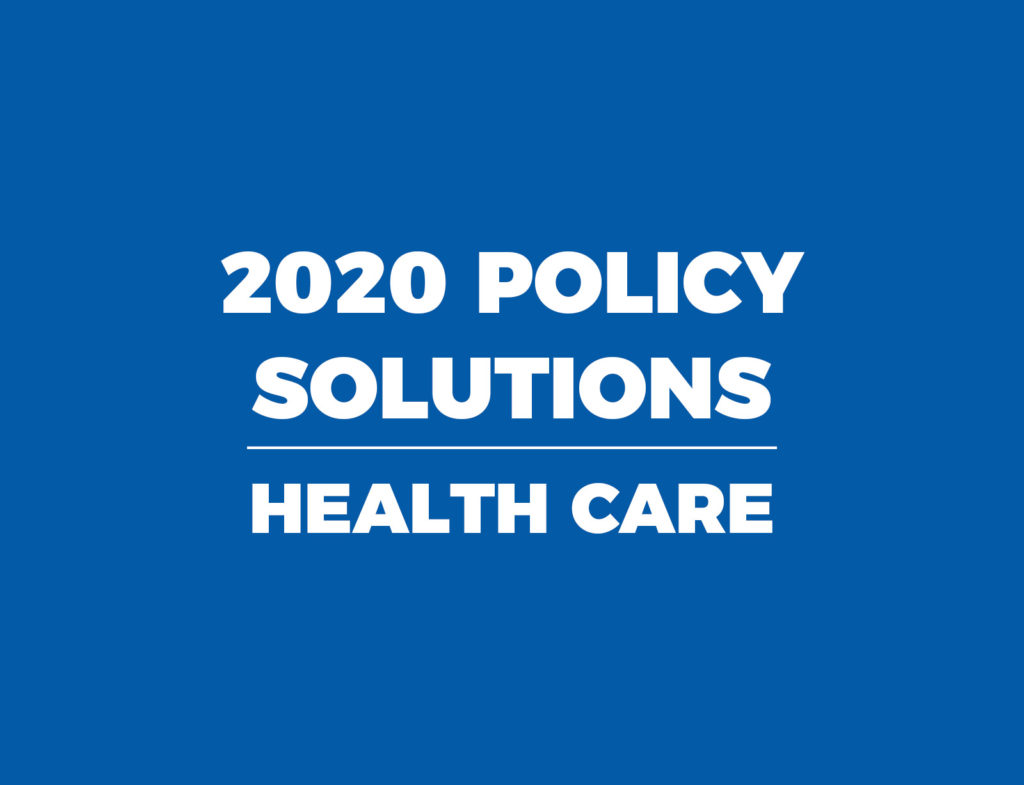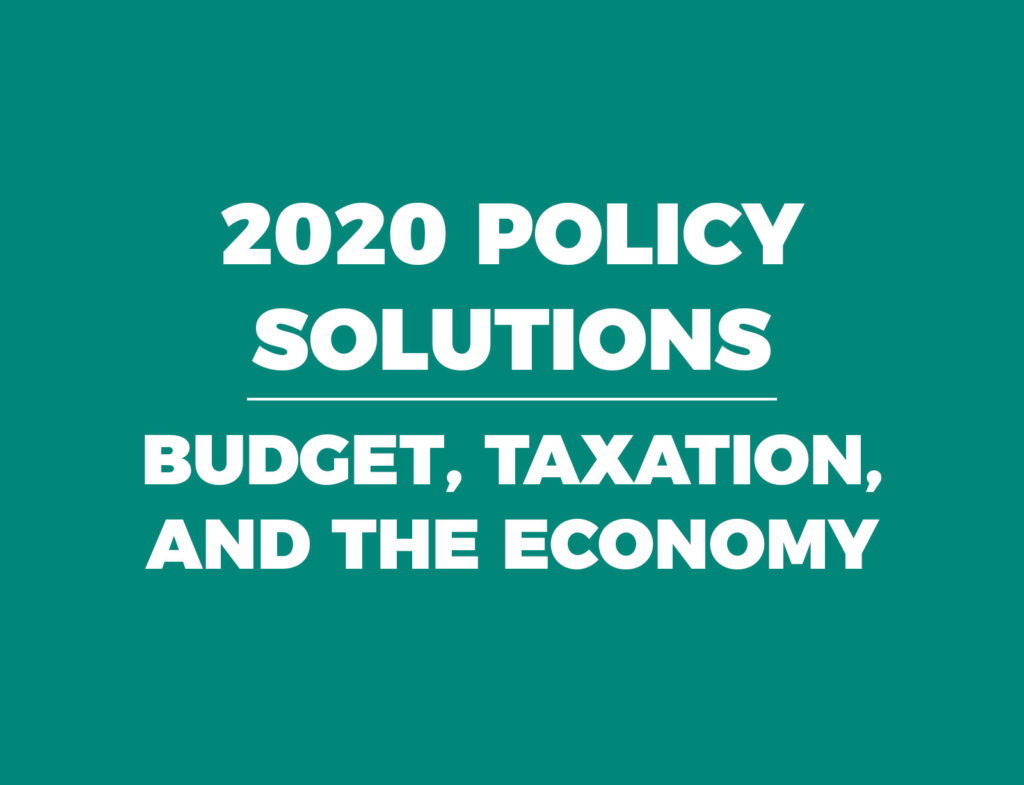Introduction
Updated as of January 2020.
Before passage of the Elementary and Secondary Education Act (ESEA) in 1965, the United States Congress generally adhered to the principle that the federal government had no authority to undertake functions and duties not enumerated in the U.S. Constitution. Because the power to fund or regulate public education is not expressly stated in the Constitution, Congress relied on families, communities, and state and local governments to direct the education of the citizenry. As an acknowledgment of this fact, many states, including North Carolina, included passages on public education in their statutes and state constitutions.
Since the rise of federal activism after World War II, Congress has continued to enlarge the federal government’s financial and regulatory role in public education. By the late 1960s, the federal government had committed to redistributing federal revenues to supplement state education expenditures for special-needs children (IDEA), low-income students (Title I), child nutrition (National School Lunch Program), and vocational education (Perkins).
At no time before did the federal government’s role become larger, or more controversial, than Congress’ 2002 reauthorization of ESEA, also known as No Child Left Behind. This bipartisan law imposed new testing, reporting, and accountability requirements on states, which they begrudgingly implemented to keep federal K-12 education dollars flowing into state coffers.
The Every Student Succeeds Act (ESSA) is the latest reauthorization of the Elementary and Secondary Education Act and borrows from the No Child Left Behind blueprint. President Barack Obama signed ESSA into law in December 2015. The Trump administration, specifically Secretary of Education Betsy DeVos, is responsible for its implementation.
In 2017, the U.S. Department of Education required state education agencies to submit a consolidated state plan that details how their public education system will comply with the various requirements of the law. State education officials were required to identify and initiate research-based interventions in the state’s lowest-performing schools. Like No Child Left Behind, ESSA also requires states to administer math and reading tests to students in grades 3-8 and high school. States must report those results in the aggregate and by student racial and demographic subgroups. Another provision requires all states to begin reporting school-level financial data to the department starting in 2019.
While ESSA is an improvement over No Child Left Behind, it continues to give the federal government a sizable presence in state accountability efforts. The federal government’s growing financial and ideological encroachment into public education, by Republicans and Democrats alike, invites the kind of centralization of public schooling wisely resisted by generations of Americans.
Key Facts
- While most federal education funds are earmarked for special-needs children, low-income students, child nutrition, and vocational education, occasionally the U.S. Congress will authorize discretionary, multiyear initiatives, such as the American Recovery and Reinvestment Act (also called the “Stimulus”), and the Education Jobs Fund.
- Current expense expenditures from federal funds totaled $1.38 billion and accounted for only 10 percent of North Carolina’s $13.92 billion public school operating budget for the 2018-19 school year. Virtually none of the state’s capital expenditures included federal funds and seldom do.
- During the 2018-19 school year, North Carolina public schools used federal funds to support 12,424 public school employees, or 6.75 percent of all district school personnel in the state.
- The 2017 federal tax reform legislation included a provision that allows families to use tax-free funds deposited in a 529 college savings plan for elementary and secondary private school tuition.
Recommendations
- Recognize there is no such thing as “free money” from the federal government. Ever. No state has ever received federal education funding without strings attached. Meeting those requirements may place extraordinary financial and administrative burdens on its recipients. Federal training and reporting mandates for school-based administrators and educators, for example, consume time that could otherwise be spent in more productive enterprises, such as improvement of classroom instruction.
- Acknowledge that federal funds do not appear out of thin air. Current and future taxpayers, not elected officials and bureaucrats in Washington, D.C., bear the burden of repaying every dollar spent or borrowed by the federal government.
- Refuse to accept any federal grant that interferes with the opportunity for children to receive the best education possible. The first question that should be asked is, “Will these federal funds detract, in any way, from school supervision or classroom instruction?”
- If using federal funds, use them prudently. For example, school districts should reject invitations to use temporary federal grant dollars to fund permanent teaching positions.



